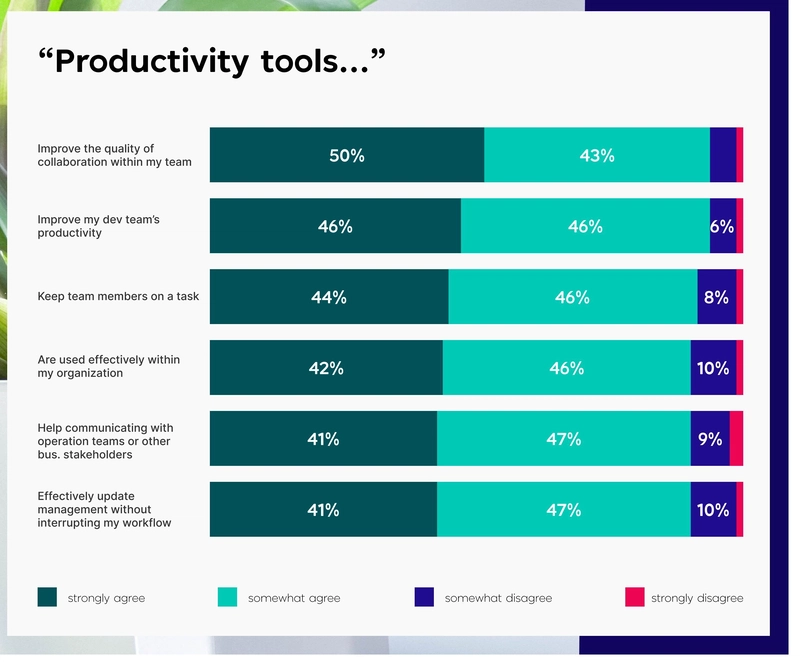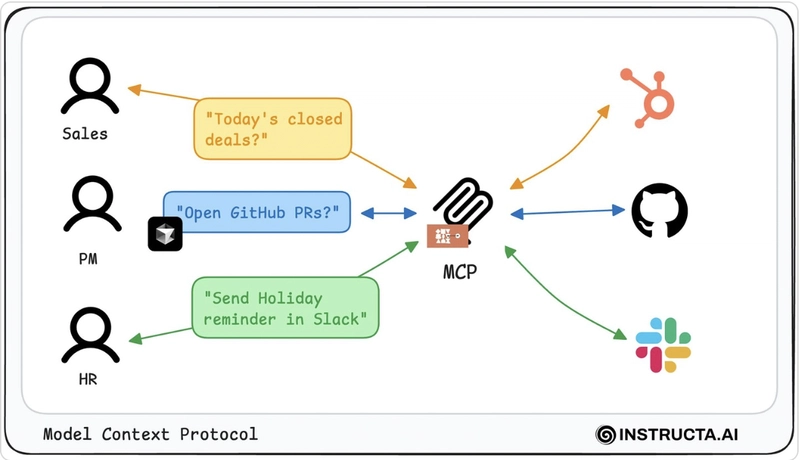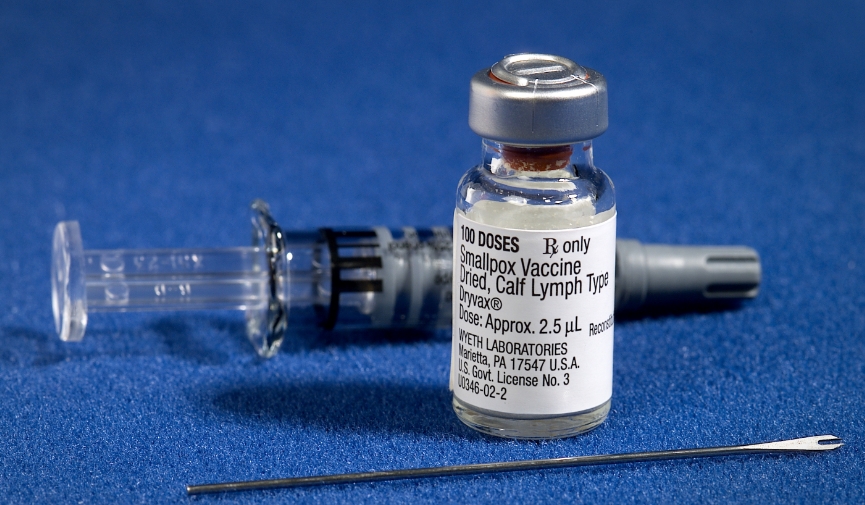The Heathrow shutdown is a wake-up call: Shore up infrastructure or pay the price
How can such an event occur at a place like Heathrow, and why were precautions not in place to protect such a critical infrastructure? Could such an event occur here?

On March 21, London Heathrow airport went dark — literally. An electrical substation fire cut off power to the airport, impacting over 1,300 flights and 200,000 passengers.
A shutdown of this magnitude is unprecedented, given the size of the airport and number of people it serves. Heathrow is one of the five busiest airports in the world, serving as the primary hub for British Airways. Over 200 airports worldwide offer direct flights into Heathrow, with more than 20 in the U.S. alone, including Chicago O’Hare and JFK International.
How can such an event occur at a place like Heathrow, and why were precautions not in place to protect such a critical infrastructure? Could such an event occur here?
There is both good and bad news.
The good news is that fires in electrical substations are rare. Numerous precautions and redundancies are in place to ensure that transformers, circuit breakers and other power system components are maintained and monitored to keep them functioning. Yet, given sufficient time, breakdowns do occur, and fires are a possible threat.
Heathrow had backup systems in case its primary electrical substation became inoperable. But the backup system was not designed to provide the volume of wattage that the airport systems require, focusing only on critical operations. Unfortunately, the fire affected a backup system as well, leading to the widespread shutdown.
Airports and other critical infrastructure — train stations, water filtration systems, nuclear power plants, hospitals and financial systems — are highly digitized today, requiring massive wattage to function reliably, effectively and safely. For example, airport security operations and airline passenger processing all demand electrical power. Passenger screening technologies and passenger records cannot be accessed and processed without a reliable source of power. That is why Heathrow had to be shut down.
Now the bad news. Can an airport in the U.S. experience a power disruption like what happened at Heathrow? The simple answer is yes. In fact, Atlanta Hartsfield International experienced a similar shutdown back in December 2017, when an electrical substation fire resulted in the airport shutting down for 11 hours, affecting nearly 1,600 flights.
U.S. airports handle over 27,000 commercial flights on average per day, carrying over 2.7 million passengers. Given that the three legacy airlines — American, Delta and United — use hub-and-spoke systems, a shutdown at any of these airlines’ hub airports would affect hundreds of thousands of passengers. Even passengers not flying through the affected airport could be affected, as flight rerouting across multiple airports would place stress on the entire air system. Case in point: Over 120 flights en route to Heathrow last week had to be diverted to airports across the United Kingdom and Europe.
What the Heathrow shutdown exposes is how fragile power grids can be. Redundancy is built into grid networks to meet demand in the event of disruption of any type, man-made or naturally occurring, like weather. But when such entities are critical infrastructures, vulnerabilities exist. Many are only exposed when a system breakdown occurs, as Heathrow experienced.
Everyone recognizes the importance of critical infrastructures. Yet the efforts expended to protect them are often woefully inadequate. Like electricity or water, most assume that the supply will always be there, simply because it always has been. When such commodities go down or dry up, for any reason, and critical infrastructures fail, those affected call foul and demand answers. Unfortunately, the answer is not what most want to hear.
Building reliability into critical infrastructures to protect against exceptionally rare events is expensive. Such investments in the United States are long overdue, particularly resiliency — which means when a disruption occurs, recovery of services can be achieved quickly. Former President Joe Biden recognized the need to protect critical infrastructures during his presidency. President Trump has also shown interest in critical infrastructures, with cyber resiliency his stated priority. Of course, a fire accident at an electrical substation is not high-tech, flying under the cyber-risk radar, though it can be just as devastating to end users.
If the Heathrow shutdown serves as a wake-up call for critical infrastructure investments, it will not be in vain. If it is quickly forgotten and pushed under the rug, the next airport shutdown may be in the U.S.
Sheldon H. Jacobson, Ph.D., is a computer science professor in the Grainger College of Engineering at the University of Illinois Urbana-Champaign. He applies his expertise in data-driven risk-based decision-making to evaluate and inform public policy.
















































































